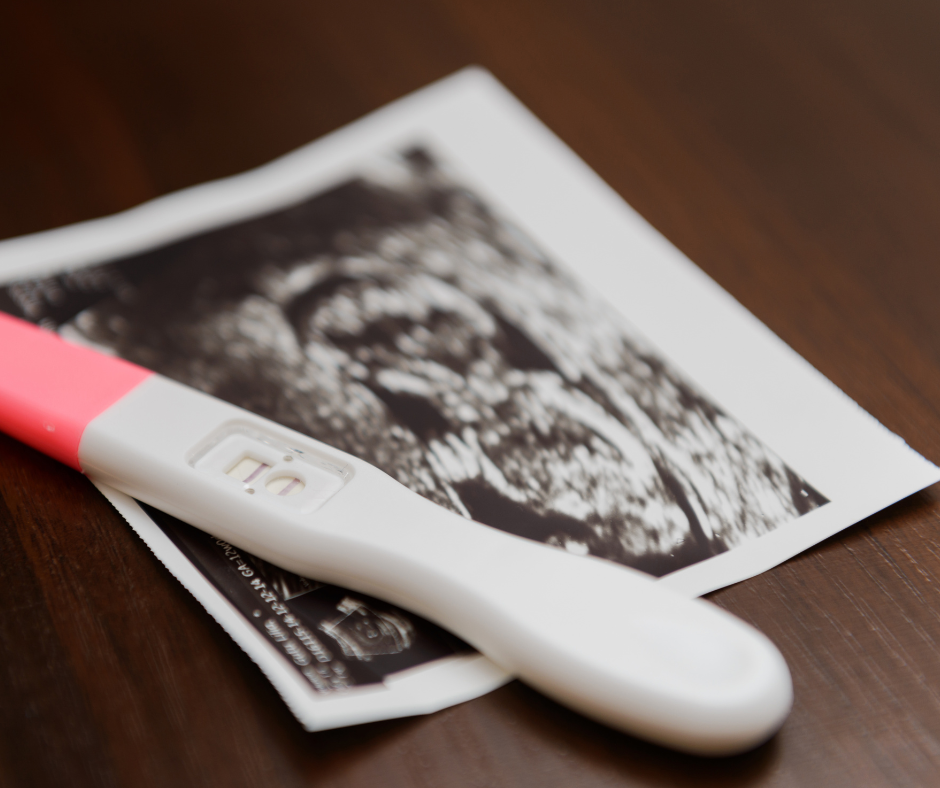24/7 online booking

Where Is Back Pain in Early Pregnancy? Understanding the Discomfort
Back pain is a common experience for many women during pregnancy, often beginning in the early stages. While most people associate pregnancy-related back pain with the later months when the baby’s weight puts extra strain on the spine, it’s not uncommon to experience back pain much earlier on. Understanding where this pain typically occurs and why it happens can help expectant mothers manage their symptoms and find relief.
Why Does Back Pain Occur in Early Pregnancy?
In early pregnancy, your body is undergoing significant changes to support the developing baby. These changes can put stress on your musculoskeletal system, leading to discomfort, including back pain. Several factors contribute to this early pregnancy back pain:
-
Hormonal Changes: The hormone relaxin is released early in pregnancy to help loosen the ligaments and joints in your pelvis in preparation for childbirth. While this is necessary for a smooth delivery, it can also lead to instability in the spine, causing pain.
-
Postural Changes: Even in the early weeks of pregnancy, your posture can begin to change as your body adjusts to the shifts in weight distribution. This can cause strain on your back muscles, leading to discomfort.
-
Stress and Fatigue: Pregnancy can be physically and emotionally taxing, especially in the first trimester when your body is adapting to the hormonal and physical changes. Stress and fatigue can exacerbate muscle tension, contributing to back pain.
Where Is Back Pain Felt in Early Pregnancy?
The location of back pain in early pregnancy can vary, but it most commonly affects the following areas:
-
Lower Back (Lumbar Region): The lower back, or lumbar region, is the most common site of back pain in early pregnancy. This area of the spine is particularly vulnerable to the changes in posture and the added pressure from your growing uterus. The pain is often described as a dull ache or sharp discomfort that may worsen with certain movements or prolonged sitting.
-
Middle Back (Thoracic Region): Some women may experience pain in the middle back, although this is less common than lower back pain. This pain can be due to changes in posture, especially if you’re compensating for the shift in your centre of gravity by hunching your shoulders or rounding your back.
-
Sacral Pain: The sacrum is the triangular bone at the base of your spine, and pain here is often referred to as sacroiliac pain. This type of pain is usually felt on one side of the lower back and may radiate into the buttocks or thighs. Sacroiliac pain is linked to the loosening of the ligaments in the pelvis, which can occur early in pregnancy.
-
Sciatic Pain: Although sciatica is more common later in pregnancy, some women may experience it early on. This pain originates in the lower back or buttocks and radiates down one or both legs. It occurs when the sciatic nerve is compressed, often due to changes in posture or the pressure of the growing uterus.
Managing Back Pain in Early Pregnancy
While back pain in early pregnancy is common, there are several strategies you can use to manage the discomfort:
-
Exercise: Gentle exercises, such as walking, swimming, or prenatal yoga, can help strengthen the muscles supporting your back and improve your posture. Always consult your healthcare provider before starting any new exercise routine during pregnancy.
-
Proper Posture: Paying attention to your posture can help prevent and alleviate back pain. When standing, try to keep your shoulders back and your spine straight. When sitting, use a chair with good lumbar support, and avoid crossing your legs, which can strain your lower back.
-
Use of Heat or Cold: Applying heat or cold to the affected area can provide temporary relief from back pain. A warm bath, heating pad, or cold compress can soothe sore muscles and reduce inflammation.
-
Supportive Footwear: Wearing supportive shoes with a low heel can help maintain good posture and reduce the strain on your back. Avoid high heels and flats with little support, as they can exacerbate back pain.
-
Sleep Positioning: Sleeping on your side with a pillow between your knees can help align your spine and reduce pressure on your back. As your pregnancy progresses, you may find additional support by using a pregnancy pillow.
When to Seek Medical Advice
While back pain is common in early pregnancy, it’s important to consult with your healthcare provider if the pain is severe, persistent, or accompanied by other symptoms such as cramping, bleeding, or fever. These could be signs of a more serious condition, such as a miscarriage or infection, and should be evaluated promptly.
Conclusion
Back pain in early pregnancy is a common but manageable discomfort. Understanding where this pain is typically felt and why it occurs can help you take proactive steps to alleviate it. By maintaining good posture, staying active with appropriate exercises, and using supportive techniques, you can reduce the impact of back pain and focus on the joy of your pregnancy. If the pain becomes severe or you have any concerns, don’t hesitate to reach out to your healthcare provider for guidance.
If you would like to book and appointment with us, you can do so by clicking here.

Leave a comment